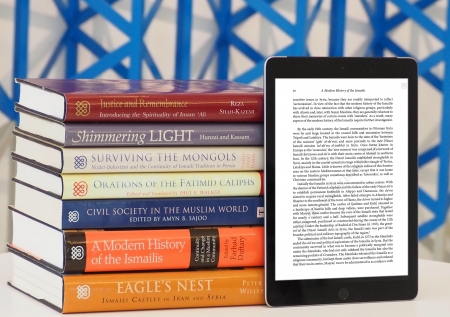A research report into pension taxation highlights the public’s lack of awareness about the extent of tax relief on pensions. The publication of the report follows a freedom of information request which called on the government to release the findings, which have been delayed since 2016.
The government statement said that 'the report was originally intended to be published in 2016, however due to extended pre-election periods following the EU referendum, it was not published'.
Pensions tax relief cost the government an estimated £42.7bn in 2020-21, and is frequently flagged as a possible area of reform at successive Budgets with threats of cutting or reducing the tax break from the current 25% tax relief for contributions for base rate taxpayers. Higher rate earners are entitled to up to 67% in relief, part claimed through self-assessment.
When those with pensions who are aware of pension tax relief were asked how much the government has topped up their contributions, the mean response was by around 8% for basic rate taxpayers (versus 25% in reality) and 18% for higher or additional rate taxpayers (around 67% in reality).
The research also looked at whether there were better ways to incentivise people to pay into pensions, asking whether a flat rate government top-up to contribution set at 30%, or people being able to withdraw their retirement income tax free alongside a lower government top-up of 20% was preferable.
Three in 10 (28%) thought the flat rate system would make them increase the amount they personally save for retirement, and one-third (34%) favoured the tax-free retirement option. In both cases, the majority (64% and 58% respectively) thought these different systems would make no difference to the amount they save.
Many adults had not heard much about the mechanics of pension tax relief. Half (51%) were aware of relief rates varying based on incomes. However, when it comes to some of the more complex allowances and limits, awareness levels plummet.
Three-fifths (59%) had never heard of the annual limit on tax-free contributions, and two-thirds (34%) knew about the lifetime allowance limit although at over £1.073m this affects a small minority of the working population.
There are also low levels of awareness about pension statements, which the industry is trying to address with the creation of a pensions dashboard where savers will be able to see all their pension contributions in one place. This is currently being developed but is unlikely to be launched until 2024 at the earliest.
Of those who have pensions, two-fifths said they either do not remember receiving a statement in the last three years (31%) or generally do not read them (10%).
A common theme was that participants wanted a clearer picture of how their contributions and the resulting size of their pension pot translated into the amount they would get during retirement. They felt that statements from pension providers needed to offer clearer information about this, with specific figures.








